Pink
This cherry tree blossomed quite early in Tokyo, just before the late snow we had at the beginning of the week.
The Canon EOS R6 is a versatile, full-frame mirrorless camera that has quickly gained popularity among photographers and videographers for its excellent performance, impressive autofocus, and strong low-light capabilities. In this review, we’ll look at why the R6 is an ideal choice for professionals and enthusiasts who need reliability, speed, and advanced features without the higher price tag of its sibling, the R5.
With a 20.1-megapixel full-frame CMOS sensor, the EOS R6 offers great image quality with excellent dynamic range, detailed shadows, and vibrant colors. The sensor, combined with Canon’s DIGIC X processor, allows for fast image processing, smooth performance, and clean results even at high ISO settings. Its native ISO range of 100–102,400 (expandable to 204,800) makes it particularly well-suited for low-light photography, such as indoor events, night scenes, and astrophotography.
The R6 is equipped with Canon’s Dual Pixel CMOS AF II, an advanced autofocus system with 1,053 AF points that cover nearly the entire frame. This autofocus system is fast, accurate, and features sophisticated subject-tracking with eye, face, and animal detection, perfect for portraits, action shots, and wildlife photography. The R6 also offers a quick 12 fps continuous shooting speed with the mechanical shutter and up to 20 fps with the electronic shutter, making it an excellent choice for sports and fast-moving subjects.
For videographers, the EOS R6 can record 4K video at up to 60fps, delivering beautiful, high-resolution footage with reliable autofocus and smooth color rendering. Although it doesn’t feature 8K like the R5, the R6’s 4K quality and 10-bit 4:2:2 internal recording are impressive and well-suited for professional-quality video production. Canon’s inclusion of in-body image stabilization (IBIS) offers up to 8 stops of stabilization, making handheld video and low-light photography much more stable and sharp.
The EOS R6’s design is both durable and user-friendly, with a weather-sealed magnesium alloy body that can withstand outdoor elements. The camera’s 3-inch vari-angle touchscreen LCD is bright, sharp, and fully articulated, ideal for creative angles and vlogging. The high-resolution 3.69-million-dot electronic viewfinder (EVF) provides a clear, lifelike preview, enhancing the shooting experience for those who prefer EVF composition.
With dual card slots for SD UHS-II cards, the EOS R6 allows for flexible storage options, such as backup and overflow recording, which is ideal for extended shoots and professional work. The camera’s ergonomic design is comfortable to handle, with intuitive controls and customizable settings that enhance its ease of use in demanding scenarios.
For photographers and videographers who want a high-performance, full-frame camera without the premium price of the R5, the Canon EOS R6 offers an outstanding blend of speed, image quality, and advanced autofocus. It’s an excellent choice for those who need a versatile tool for both photo and video work, making it a reliable companion across various genres.
Explore how well this camera performs with high-quality, real-world samples, so you can decide for yourself with my carefully crafted shots!

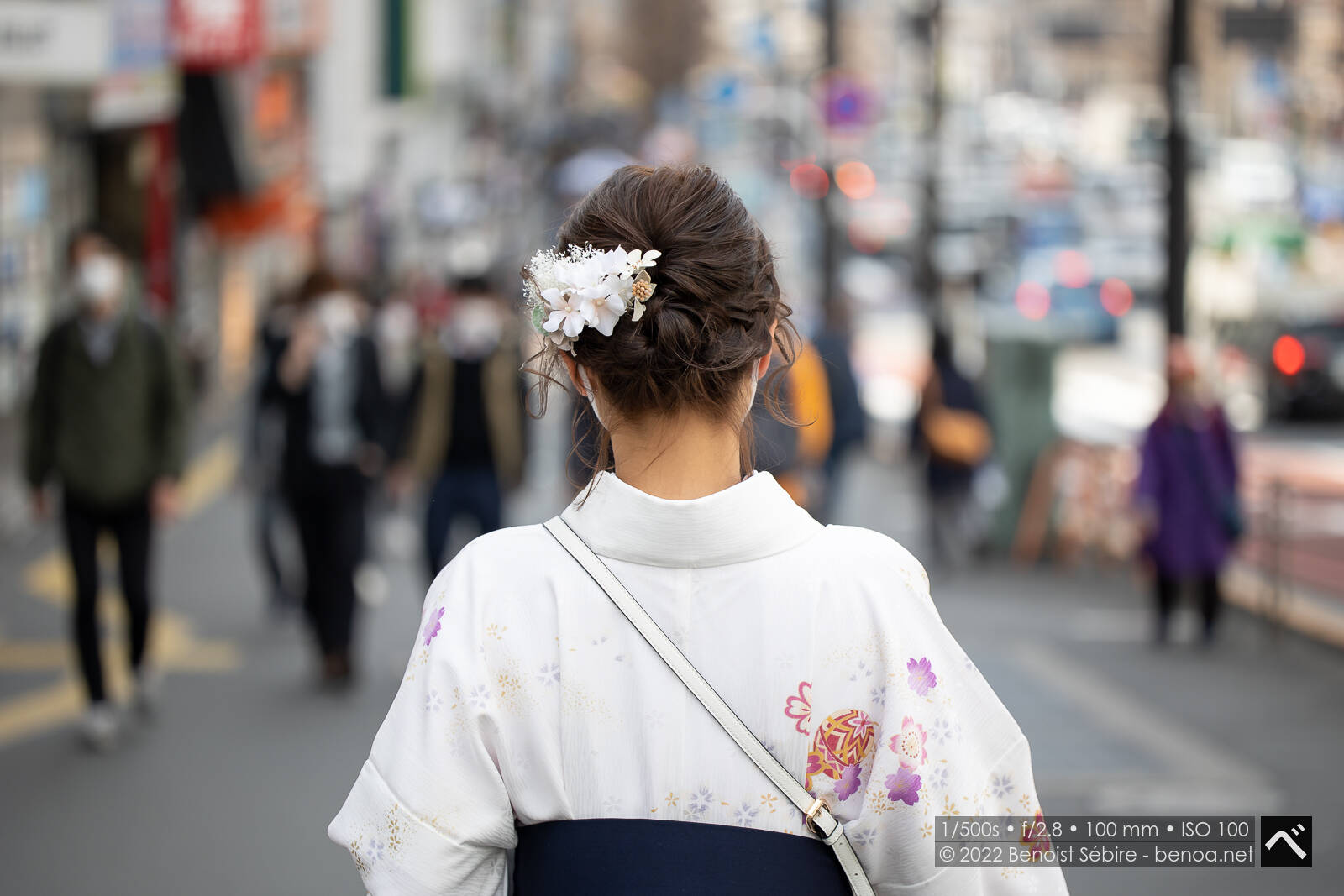
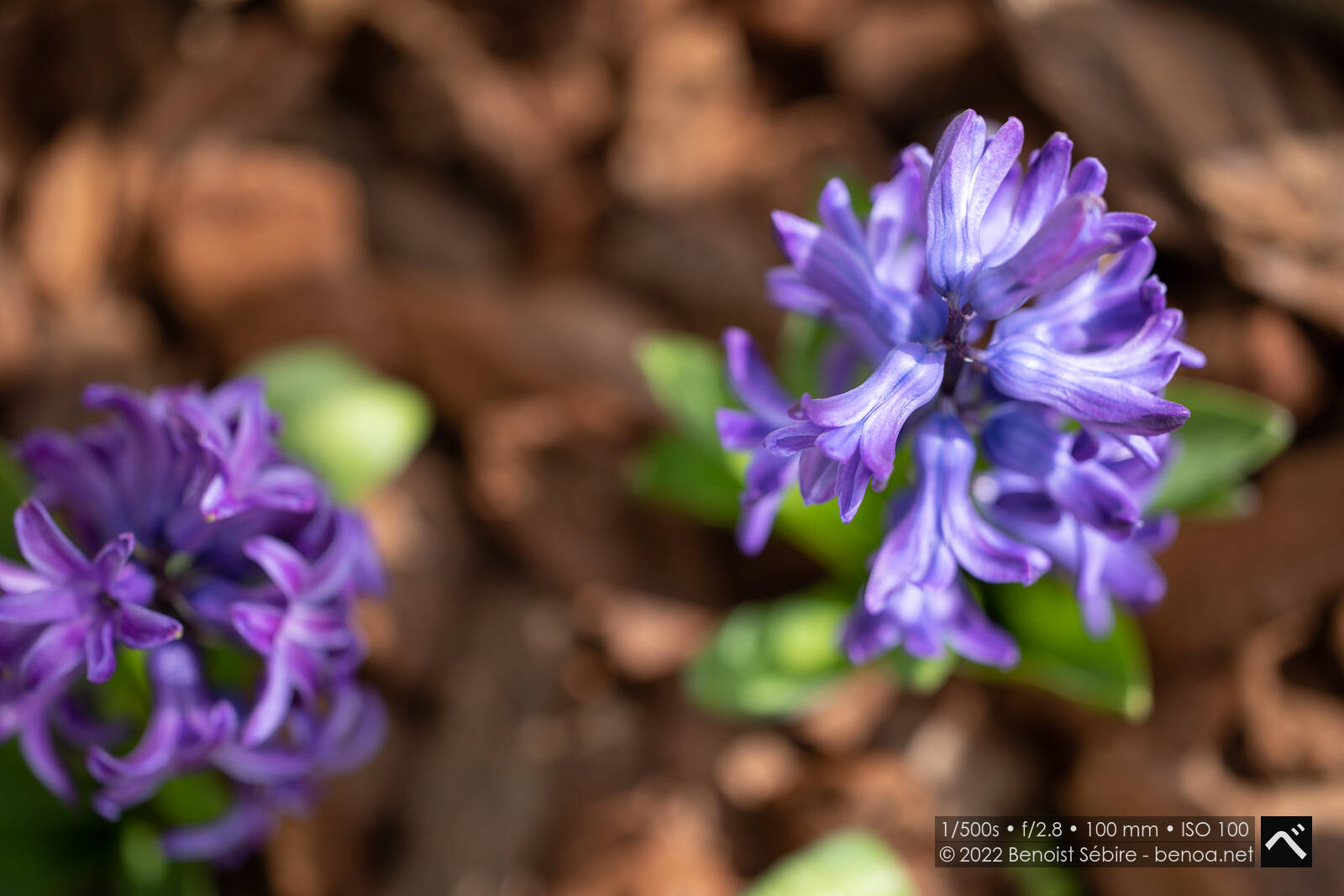

First flowers appearing on the trees of Shinjuku Gyoen in Tokyo.

Peaceful demonstration against the Russian dictator in Shinjuku.

A brief escape to the nearby snowy mountains of Gunma for some winter fun on the slopes.
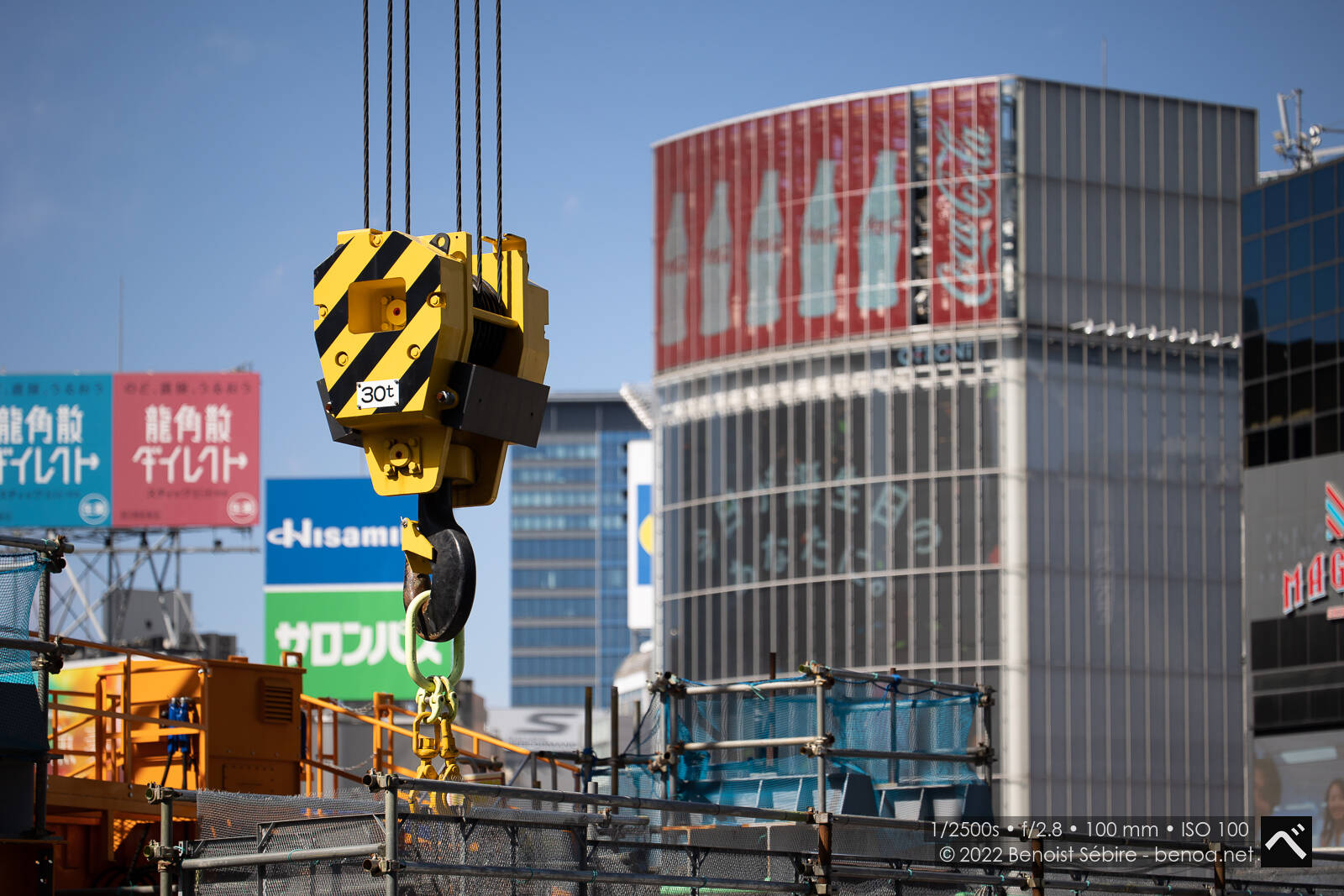
The renewal of the area around Shibuya station is taking shape. Old buildings are torn down, new ones are rising. Exciting times ahead.

Pointing a macro lens on small little flowers often reveals interesting details.
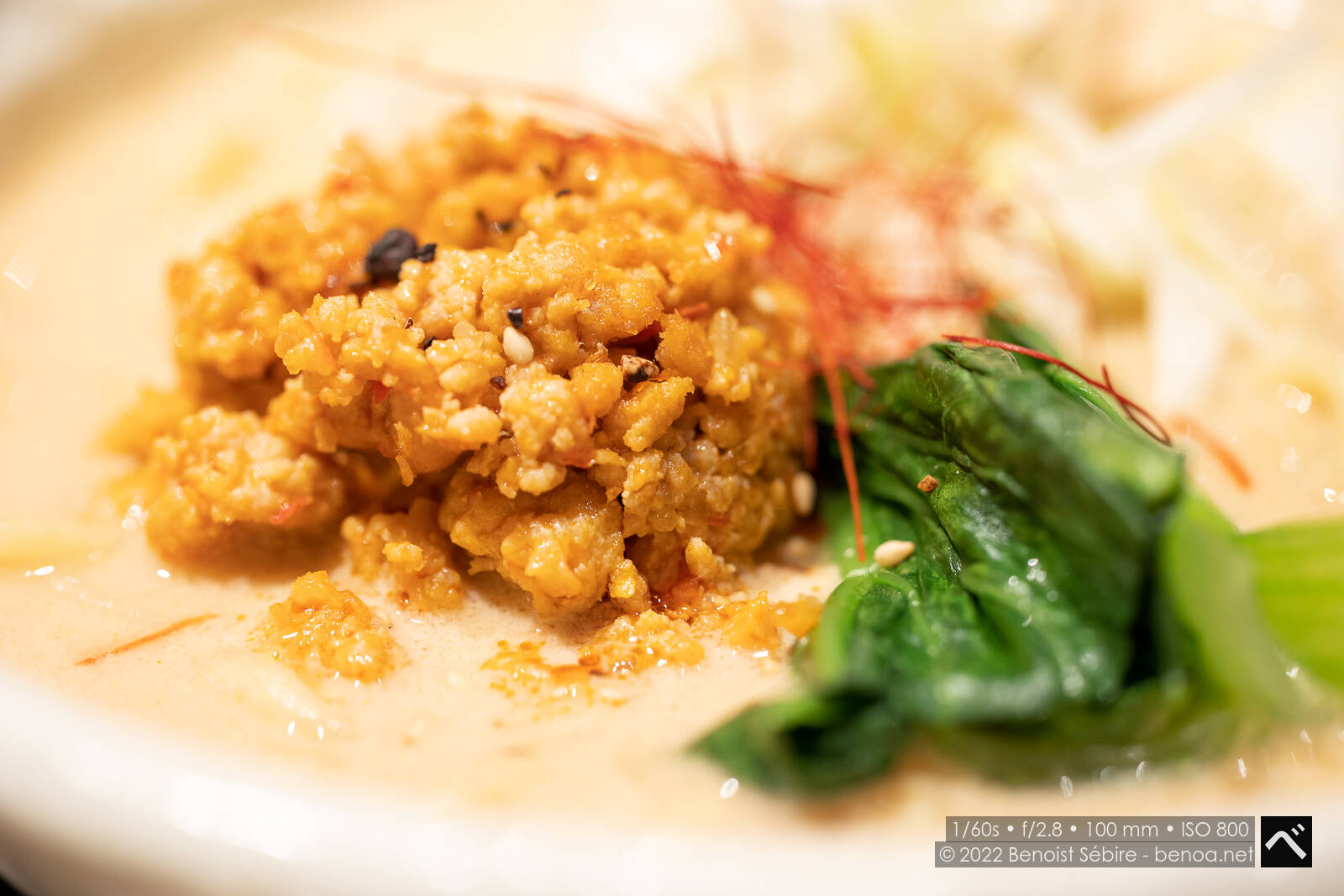
Macro views of some delicious Tantanmen noodles. And then some Fujikake on rice.
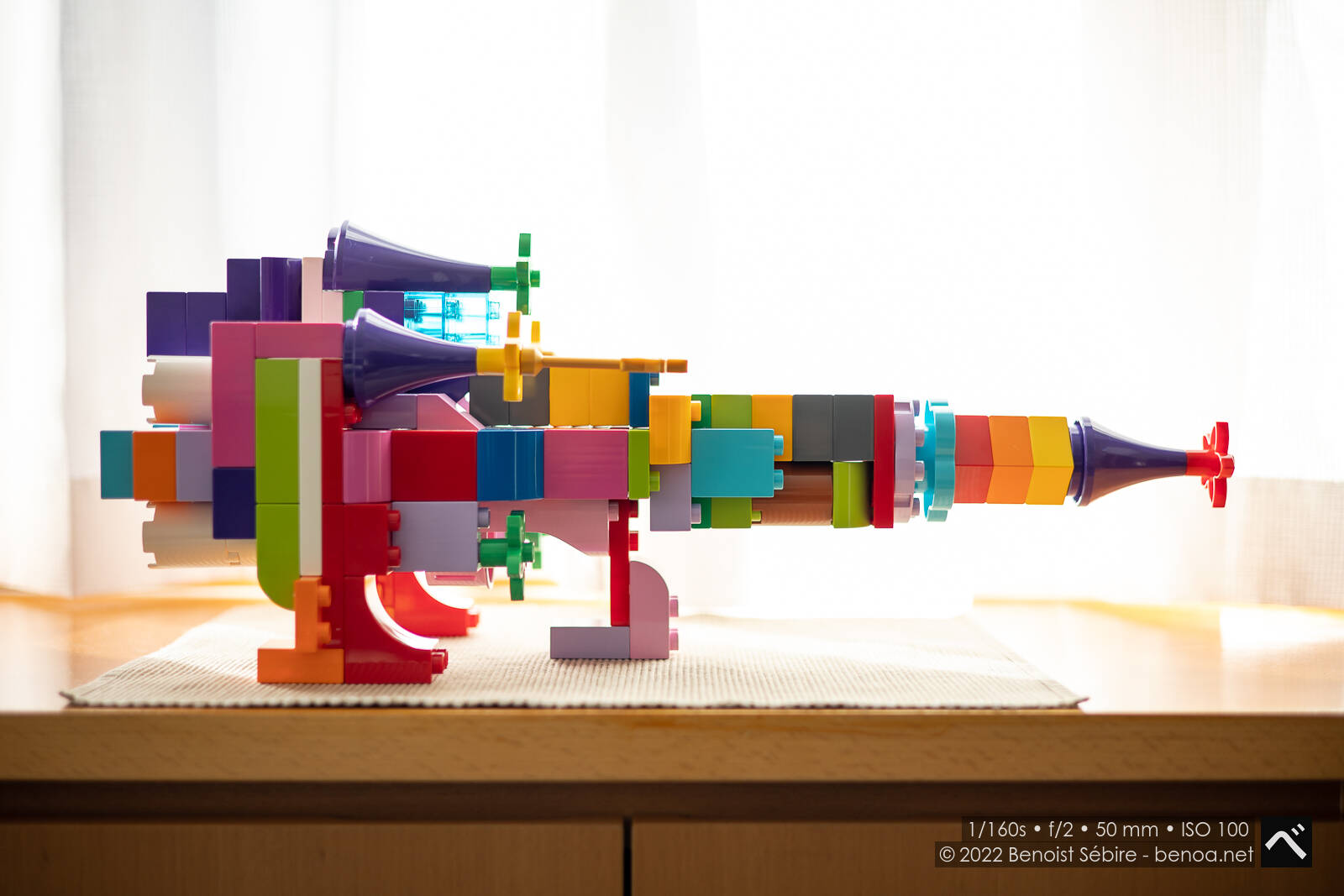
Repurposed princess castle, Minnie Mouse cake shop and a few other things into an awesome spaceship. Look at the amount of serious engineering that went into that beauty!
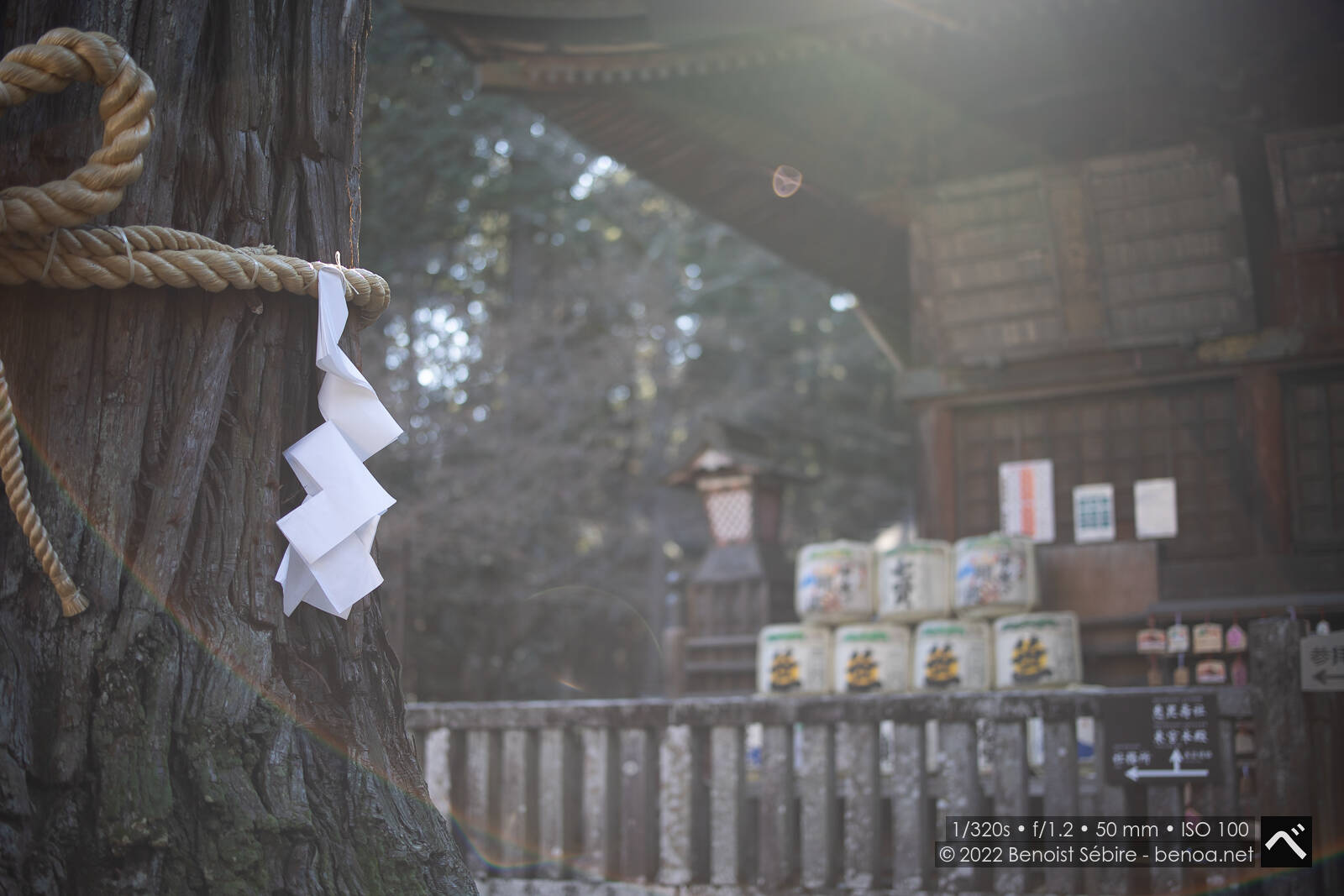
When the sun hits the glass of the lens directly, colors are subdued, contrasts drops and flares appear. The resulting atmosphere just looks nice for some subjects, like this temple I think.

I wonder what these are for? To protect against cold, or some kind of animal as the upper part suggests, or maybe both? Shot at the at the Fujiyoshida Sengen Shrine, formerly known at the Kitaguchi Hongū Fuji Sengen Jinja (北口本宮冨士浅間神社 or North Entrance Fuji Sengen Shrine). Edit – got an answer from Dr. Kubota…
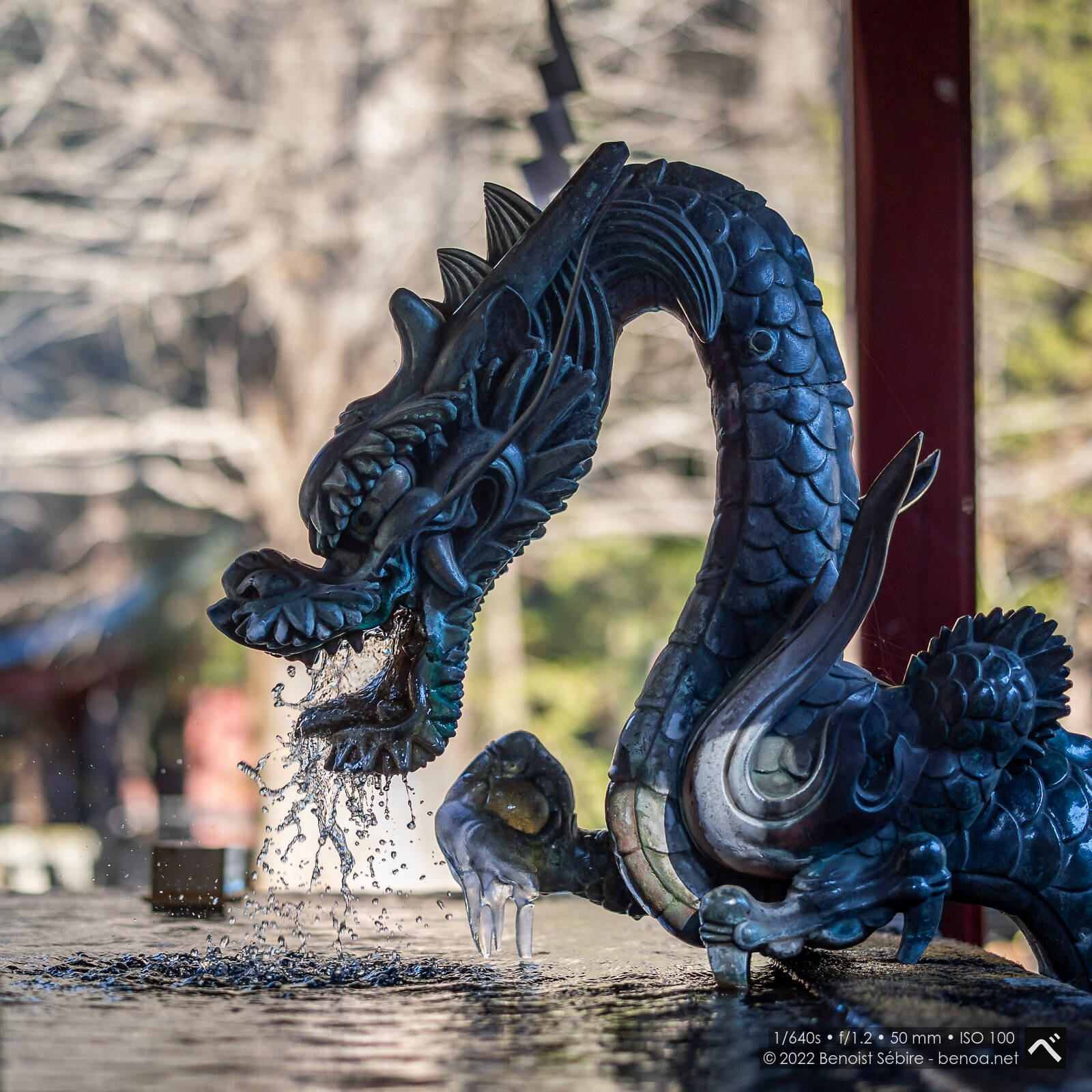
Awesome dragon at the Fujiyoshida Sengen Shrine, formerly known at the Kitaguchi Hongū Fuji Sengen Jinja (北口本宮冨士浅間神社 or North Entrance Fuji Sengen Shrine).